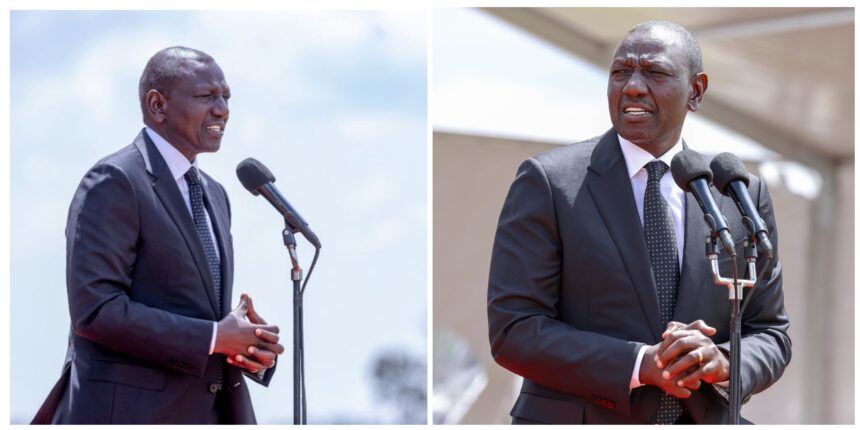The recent report from the Kenyan Treasury has brought to light the significant surge in borrowing by President William Ruto’s government, painting a concerning picture of Kenya’s financial landscape. Over a span of five months, the government accumulated a staggering KSh 223.5 billion in loans, averaging around KSh 44.7 billion monthly or approximately KSh 62.1 million per hour. This uptick in borrowing places an immense burden on Kenyan taxpayers and raises questions about the sustainability of the country’s debt trajectory.
Which loans did William Ruto’s government take?
The Treasury’s report, presented to Parliament, underscores the extent of Kenya’s borrowing spree under the Kenya Kwanza Alliance administration, which saw the acquisition of 11 loans between September 1, 2023, and January 31, 2024. What’s particularly noteworthy is the composition of these loans, with 10 sourced from multilateral lenders and one obtained from a commercial institution as per Daily Nation. This mix reflects the government’s reliance on external financing to meet its fiscal obligations.
The purposes behind these loans are varied, encompassing initiatives aimed at expanding access to electricity, boosting employment opportunities, and fostering economic development in the North Eastern region of the country. For instance, the government allocated funds to support Kenya Power in its efforts to enhance electricity connectivity nationwide, taking a crucial step in driving economic growth and improving livelihoods.
Among the notable borrowings during this period include a KSh 5.8 billion loan from the OPEC Fund for International Development, earmarked for specific developmental projects. Additionally, the government secured KSh 14.2 billion from the International Development Association to address youth unemployment, reflecting a commitment to tackling pressing socio-economic challenges.
Furthermore, the government directed a significant portion of the borrowed funds towards initiatives aimed at enhancing revenue mobilization and bolstering transparency and accountability in public finance management at the national level. This underscores the government’s recognition of the importance of fiscal discipline and prudent financial management in ensuring sustainable development.
Kenya surparses its mark
However, concerns linger regarding the overall impact of Kenya’s burgeoning debt, especially in light of the country’s debt surpassing the KSh 11 trillion mark. While investment in infrastructure and socio-economic development is crucial, there is a need for cautious borrowing to avoid overburdening future generations with unsustainable debt obligations.
As the government navigates its borrowing strategy, striking a balance between financing development initiatives and safeguarding fiscal stability will be imperative to ensure Kenya’s long-term economic prosperity. Additionally, robust oversight and accountability mechanisms must be in place to ensure that borrowed funds are utilized efficiently and effectively for the benefit of all Kenyans.














